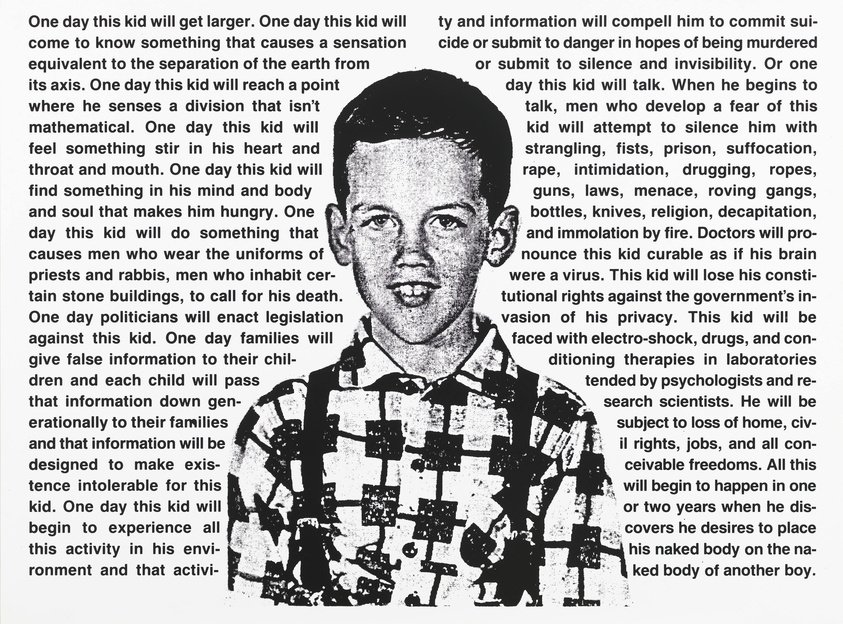What Makes an Artwork Queer?
Part II
Whether you’ve seen Part I or not, this talk is a fascinating trip through queer art history that brings us right up to the art of our time. By looking at boundary-breaking art made by queer artists we discover some incredibly brave people who used their art to advocate for their community.

What Makes an Artwork Queer? Part II
In this talk we take another look at queer artists throughout MoMA’s collection to discover how artists bravely embraced their identity in inspiring ways.
Before homosexual relationships were legal in the United States, how did queer artists manage to convey their identity in the face of criminal persecution? How does a contemporary artist queer one of the most famous works of art in all art history? How does a heartbreaking work of art made during the AIDS crisis draw attention to the prejudice and discrimination happening to Trans folks in America today? Find out in this talk! Highlights we will see:
Paul Cadmus and his controversial painting from 1934.
Claude Cahun’s pioneering experimentation with gender in the early 20th century.
An empowering and multilayered painting by Mickalene Thomas.
And much more!
FAQs
How do the tours take place?
Talks and tours are hosted on Zoom but if you have a specific video conferencing platform your company uses (such as WebEx) I can adapt to what you want.
How much do the tours cost?
This is negotiable based on group size and budget, please inquire with me via email.
How long are the tours?
Each talk is as an hour long, including time for discussion and Q&A. If you would like a customized tour (longer, shorter, with more time for participation, etc.) I would be very happy to accommodate your needs.
What group size do you cater for?
Tours accommodate up to 100 participants, but within that any group size is catered for.
What kind of participation do you offer?
Modern art is a gift to talk about! At the end of each stop on the tour I like to get a discussion going about the artwork we’ve seen. Utilizing Zoom’s functionality, participants are encouraged to communicate their thoughts, feelings, comments, and questions to really explore the art and ideas we look at together.